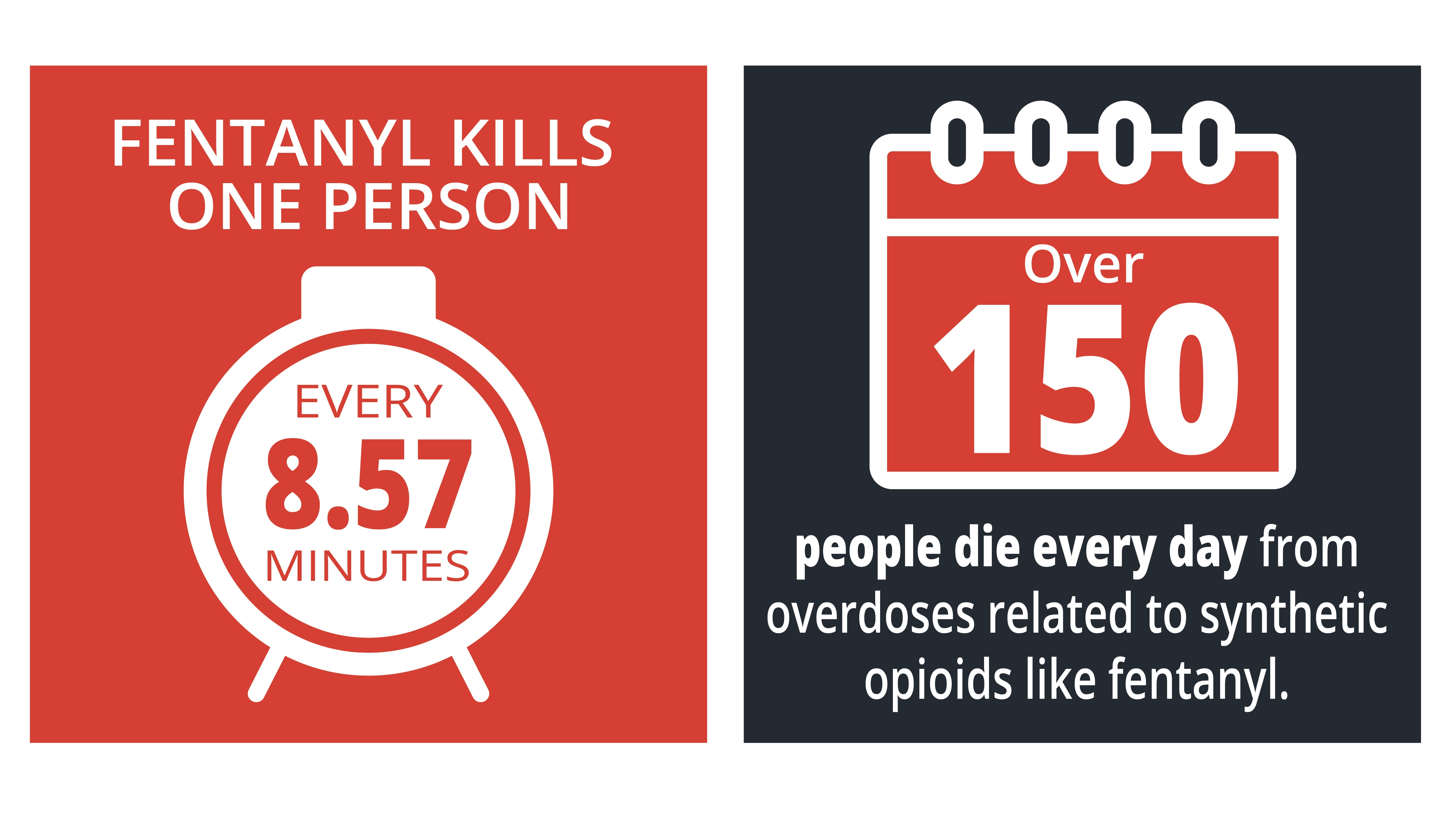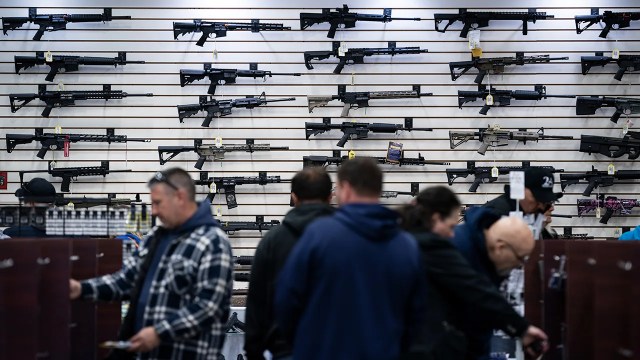Fentanyl, Firearms, and Foreign Policy: Unraveling a Complex Crisis
The United States is grappling with two overlapping epidemics: the synthetic opioid crisis, dominated by fentanyl, and the enduring scourge of gun violence. Both are devastating, deadly, and politically explosive. But when you zoom out, these aren’t just isolated American problems—they’re deeply embedded in global supply chains, cross-border politics, and international perceptions of American influence and vulnerability.
This blog post dives into the fentanyl crisis, draws comparisons to gun violence, traces supply chains, examines the role of China and Mexico, and confronts the haunting question: Are these problems too big to solve without US-China cooperation? We’ll also explore the argument that American guns are Mexico’s fentanyl—and whether either nation is truly ready for the level of collaboration required to turn the tide.
I. How Bad Is the Fentanyl Crisis?
Fentanyl is a synthetic opioid up to 50 times more powerful than heroin and 100 times more potent than morphine. The U.S. Centers for Disease Control and Prevention (CDC) reports over 70,000 fentanyl-related overdose deaths in 2023 alone, making it the leading cause of death for Americans aged 18 to 49. To put that in perspective:
-
In 2023, total gun-related deaths (including homicide, suicide, and accidental shootings) were around 48,000, according to the Gun Violence Archive.
-
Fentanyl deaths have overtaken car crashes, gun violence, and even COVID-19 (as of 2023) as the leading accidental killer in the U.S.
It is not an exaggeration to say fentanyl is America’s deadliest drug crisis ever—far eclipsing the crack epidemic of the 1980s or the heroin wave of the 1970s.
II. Global Scope: Is Fentanyl Only an American Crisis?
While America is the epicenter, fentanyl and other synthetic opioids are emerging threats in Canada, Australia, and parts of Europe. However, the crisis has not reached the same level in other countries for key reasons:
-
Different prescribing practices and healthcare systems have meant less over-prescription of opioids elsewhere.
-
Tighter border controls and more centralized drug enforcement (such as in Japan and Singapore) have delayed or suppressed synthetic opioid inflows.
-
Stronger social safety nets in some nations may reduce demand for escape through drugs.
That said, Canada is seeing a sharp rise in fentanyl deaths, especially in British Columbia, and the UK has reported increasing fentanyl-laced heroin overdoses.
III. The Fentanyl Supply Chain: A Transnational Hydra
The supply chain of fentanyl is fragmented, decentralized, and global. Here's a simplified breakdown:
-
Precursor Chemicals:
Mostly sourced from China and India. These chemicals—some of which have legitimate industrial uses—are difficult to regulate. -
Synthesis:
Often done in Mexico, where cartels like the Sinaloa and Jalisco New Generation Cartel (CJNG) operate clandestine labs. -
Smuggling into the U.S.:
Smuggled across the southern border, often in small but potent amounts—just two milligrams of fentanyl can be fatal. -
Domestic Distribution:
Spread through online black markets, street dealers, and increasingly through counterfeit prescription pills made to look like Xanax, Percocet, or Adderall.
IV. Is This Chemical Warfare? A Geopolitical Flashpoint
Some have called the fentanyl crisis a form of “chemical warfare” against the United States, pointing fingers at China—either explicitly or through tacit state complicity.
What’s the Basis of the Claim?
-
China was historically the primary source of finished fentanyl shipped directly to the U.S. via mail and dark web networks until 2019.
-
After U.S. pressure, China cracked down on fentanyl exports but loopholes remain, especially around precursor chemicals, which are harder to track and regulate.
-
Critics argue that China’s enforcement is lackluster or selective, possibly using fentanyl as a form of asymmetric retaliation in the broader U.S.-China rivalry.
What’s the Counterpoint?
-
Chinese officials deny any intent to harm and claim they’ve made good-faith efforts to curtail illegal exports.
-
They often highlight U.S. demand as the core issue—arguing that without it, the supply chain would wither.
-
Beijing has also pushed back against naming specific companies or cities involved, saying it lacks the legal basis for preemptive enforcement without international cooperation.
Verdict:
The "chemical warfare" label is alarmist if taken literally, but there is truth in the geopolitical negligence. Chinese actors are part of the supply chain, and lack of enforcement could be seen as passive complicity. But to call it state-sponsored war would be an overstatement—though one increasingly used in U.S. political discourse.
V. What Role Do Mexican Cartels and American Guns Play?
The Cartel Side:
-
Mexican cartels have pivoted from cocaine and marijuana to fentanyl because of high profits, low risk, and compact logistics.
-
Labs can operate with modest setups, producing enough fentanyl to supply entire U.S. cities.
The Gun Loop:
The Mexican government points the finger back: “You send us guns, we send you drugs.”
-
Roughly 70% of guns recovered at Mexican crime scenes are traced back to the U.S.
-
These firearms fuel cartel wars, killings of journalists and civilians, and undermine the Mexican state’s law-and-order efforts.
-
American gun stores and loopholes (e.g., gun shows, straw purchases) enable this flow.
It’s a vicious cycle: U.S. demand and lax gun laws fuel both the fentanyl epidemic at home and the violence in Mexico.
VI. Comparative International Perspective on Gun Policy
In countries like China and Japan, gun ownership is virtually non-existent outside of law enforcement:
-
Japan averages less than 10 gun deaths per year in a population of 125 million.
-
China has strict penalties for illegal gun possession and a cultural absence of civilian gun ownership.
How are U.S. gun laws perceived?
-
In much of Asia and Europe, American gun culture is viewed as incomprehensible, dangerous, and tragic.
-
The frequency of mass shootings, school shootings, and accidental deaths is seen as a failure of governance.
-
International observers often ask: “If America can’t solve this, what can it solve?”
VII. Is the Fentanyl Crisis an Origin Problem or a Demand Problem?
The truth is: it’s both.
-
Origin-side enforcement matters, but it’s not a silver bullet.
-
Without tackling American demand, the market will find new sources—just as heroin replaced oxycontin, and fentanyl is now replacing heroin.
-
Addiction is fueled by social despair, economic hopelessness, trauma, and mental illness.
This is not just a law enforcement issue. It’s a public health, mental health, and economic dignity issue.
VIII. Is There a Country That Has Handled It Well?
There is no perfect model, but some best practices stand out:
-
Portugal:
Decriminalized all drugs in 2001 and invested in treatment, not punishment. Results include lower overdose rates and fewer drug-related deaths. -
Switzerland:
Offers medically supervised heroin programs, effectively removing street-level drug crime and greatly reducing overdose deaths. -
Canada:
Experimenting with safe supply and supervised injection sites in cities like Vancouver.
These models show that harm reduction, treatment access, and social reintegration work better than mass incarceration or border crackdowns alone.
IX. Can This Be Solved Without U.S.-China Cooperation?
No. Not entirely.
-
Chemical supply chains run through Chinese manufacturers.
-
Global financial regulation, including cryptocurrency monitoring, requires joint enforcement.
-
Standardizing precursor tracking, labeling, and real-time customs data will require real diplomatic coordination—not just press releases.
Just as climate change and AI safety require global cooperation, fentanyl control is a systems-level problem.
X. What Now? A Path Forward
-
Demand Reduction:
Massive investment in mental health, social services, housing, and job programs. -
Supply Chain Intelligence:
Real-time tracking of chemical precursors, and coordinated enforcement with China, India, and Mexico. -
Gun Control and Export Laws:
Tighten domestic gun laws and enforce international traceability for arms exports. -
Bilateral Agreements:
Launch a U.S.-China-Mexico opioid diplomacy track, akin to climate talks. -
Harm Reduction in the U.S.:
Expand safe injection sites, naloxone distribution, and access to medication-assisted treatment.
Final Thought: A Mirror and a Window
Fentanyl and guns may seem like separate crises. But they reflect a deeper American dilemma: how do we confront the consequences of our own consumption, culture, and capitalism, while holding other nations accountable for their contributions?
These are mirror problems. They reflect who we are.
And they are window problems. They show us who we could become—if we dare to change course.
What do you think? Can fentanyl and firearms be tackled with policy? Or is it cultural? Global? Psychological? Leave your thoughts below.
View on Threads
View on Threads
View on Threads
View on Threads
Trump says China 'violated' agreement on trade talks and he'll stop being 'nice'
The 20% Growth Revolution: Nepal’s Path to Prosperity Through Kalkiism
Rethinking Trade: A Blueprint for a Just and Thriving Global Economy
The $500 Billion Pivot: How the India-US Alliance Can Reshape Global Trade
Trump’s Trade War
Peace For Taiwan Is Possible
Formula For Peace In Ukraine
The Last Age of War, The First Age of Peace: Lord Kalki, Prophecies, and the Path to Global Redemption
AOC 2028: : The Future of American Progressivism
Velocity Money: Crypto, Karma, and the End of Traditional Economics
The Next Decade of Biotech: Convergence, Innovation, and Transformation
Beyond Motion: How Robots Will Redefine The Art Of Movement
ChatGPT For Business: A Workbook
Becoming an AI-First Organization
Quantum Computing: Applications And Implications
Challenges In AI Safety
AI-Era Social Network: Reimagined for Truth, Trust & Transformation
Remote Work Productivity Hacks
How to Make Money with AI Tools
AI for Beginners








